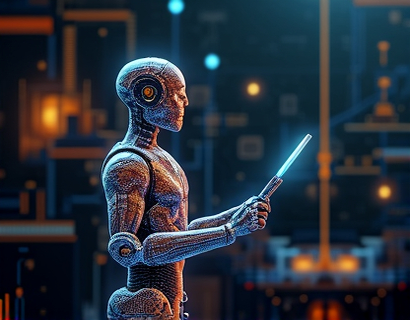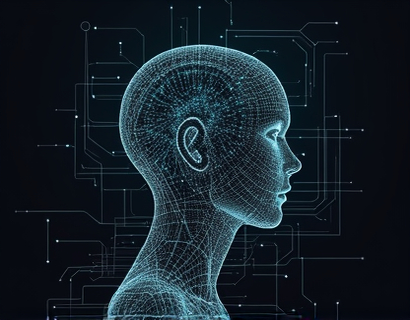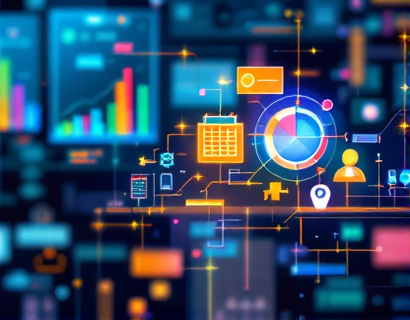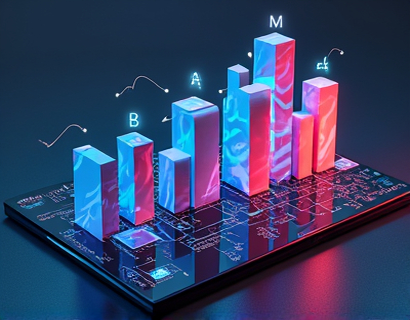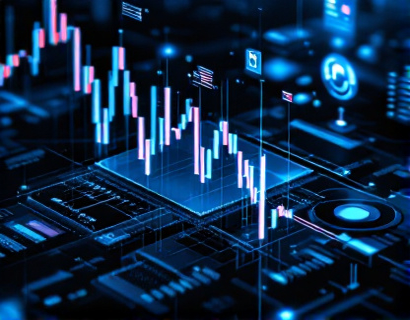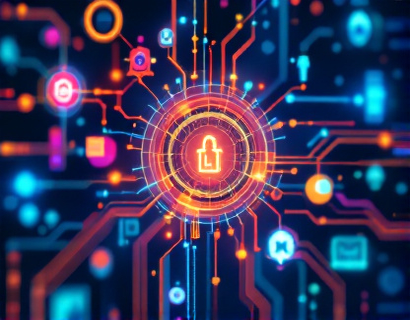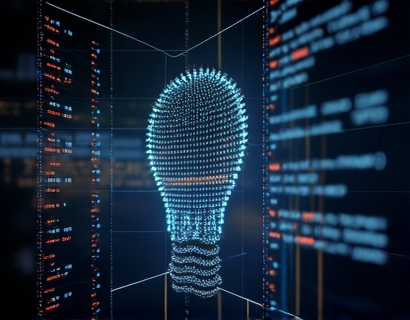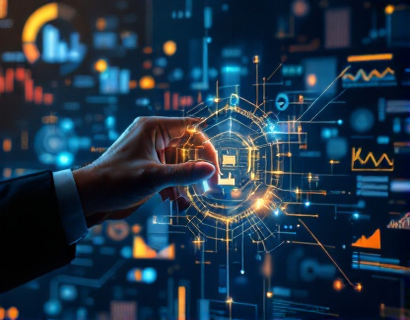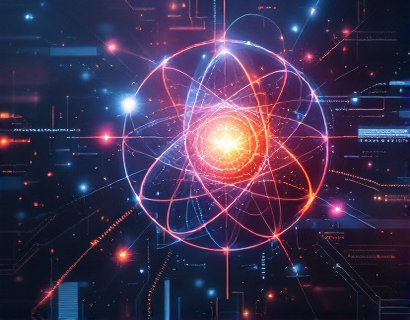Unlocking Future Digital Transformation: Leveraging AI and Blockchain for Advanced Solutions
The digital landscape is undergoing a profound transformation, driven by the convergence of artificial intelligence (AI) and blockchain technology. This synergy is not just a trend but a fundamental shift that promises to redefine how businesses operate, innovate, and compete in the global market. By merging the power of AI with the security and transparency of blockchain, organizations can unlock new levels of efficiency, security, and innovation. This article explores the potential of this powerful combination, offering insights into how businesses can harness these technologies to stay ahead in the rapidly evolving digital era.
The integration of AI and blockchain is a natural evolution, given the complementary strengths of both technologies. AI excels in processing vast amounts of data, recognizing patterns, and making predictions, while blockchain provides a secure, decentralized, and transparent framework for transactions and data storage. When combined, these technologies can create advanced solutions that enhance business operations and drive growth.
Enhancing Business Operations with AI and Blockchain
One of the primary benefits of integrating AI and blockchain is the significant improvement in operational efficiency. AI can automate routine tasks, reduce manual errors, and optimize workflows, while blockchain ensures that these processes are secure and tamper-proof. For instance, in supply chain management, AI can predict demand, optimize inventory levels, and streamline logistics, whereas blockchain can provide an immutable record of transactions, enhancing traceability and accountability.
Consider a manufacturing company that uses AI to monitor equipment performance and predict maintenance needs, reducing downtime and maintenance costs. By recording these predictions and maintenance activities on a blockchain, the company ensures that all data is transparent and verifiable, building trust with stakeholders and partners. This dual approach not only improves operational efficiency but also fosters a culture of transparency and reliability.
Boosting Security through AI and Blockchain
Security is a paramount concern in the digital age, and the combination of AI and blockchain offers robust solutions to protect sensitive data and prevent cyber threats. AI can detect anomalies and potential security breaches in real-time, while blockchain's cryptographic algorithms ensure that data remains secure and intact. This synergy creates a multi-layered security framework that is difficult for malicious actors to compromise.
Financial institutions, for example, can leverage AI to monitor transactions for suspicious activities and flag potential fraud. By storing transaction records on a blockchain, these institutions ensure that all transactions are immutable and auditable, reducing the risk of fraud and enhancing regulatory compliance. This approach not only protects customer data but also builds trust and confidence in the institution's security measures.
Driving Innovation with AI and Blockchain
The convergence of AI and blockchain is a catalyst for innovation, enabling businesses to develop new products and services that were previously unimaginable. By combining the analytical capabilities of AI with the secure and decentralized nature of blockchain, organizations can create cutting-edge solutions that address complex challenges and meet evolving customer needs.
In the healthcare sector, AI can analyze vast amounts of medical data to identify patterns and predict patient outcomes, while blockchain can securely store and share this data among healthcare providers, researchers, and patients. This integration can lead to more personalized and effective treatments, improved patient care, and accelerated medical research. For instance, a pharmaceutical company could use AI to discover new drug candidates and blockchain to manage clinical trials, ensuring data integrity and transparency throughout the process.
Case Studies: Real-World Applications
Several organizations have already begun to harness the power of AI and blockchain, achieving significant benefits. One notable example is a logistics company that implemented an AI-driven platform to optimize routes and reduce fuel consumption, while using blockchain to create a transparent and secure record of shipments. This combination not only improved operational efficiency but also enhanced customer trust through transparent tracking.
Another example is a financial services firm that uses AI to automate underwriting processes and blockchain to securely store and share customer data. This approach has streamlined operations, reduced processing times, and improved compliance with regulatory requirements. The firm has reported a significant increase in customer satisfaction and a reduction in operational costs.
Challenges and Considerations
While the potential benefits of AI and blockchain are substantial, there are also challenges and considerations that organizations must address. One of the primary challenges is the technical complexity of integrating these technologies. Developing a robust and scalable system requires expertise in both AI and blockchain, as well as a deep understanding of the specific business use case.
Another consideration is the regulatory landscape. As AI and blockchain are relatively new technologies, regulations are still evolving. Organizations must stay informed about local and international regulations to ensure compliance and avoid legal pitfalls. Additionally, there is a need for standardization to facilitate broader adoption and interoperability.
Building a Future-Ready Infrastructure
To fully leverage the potential of AI and blockchain, organizations need to build a future-ready infrastructure that supports these technologies. This includes investing in the necessary hardware and software, developing a skilled workforce, and fostering a culture of innovation and experimentation. Cloud computing, edge computing, and quantum computing are also key components that can enhance the capabilities of AI and blockchain solutions.
For instance, cloud platforms can provide the scalable resources needed to process large datasets and run complex AI algorithms, while edge computing can enable real-time data processing and reduce latency. Quantum computing, although still in its infancy, holds the promise of solving problems that are currently intractable for classical computers, further enhancing the capabilities of AI and blockchain.
Conclusion
The integration of AI and blockchain represents a transformative force in the digital world, offering unprecedented opportunities for businesses to enhance efficiency, security, and innovation. By embracing this synergy, organizations can gain a competitive edge, drive growth, and navigate the challenges of the rapidly evolving digital landscape. As these technologies continue to mature, the possibilities for creating advanced solutions that redefine industry standards will only expand. The future of digital transformation is bright, and AI and blockchain are the key drivers of this exciting journey.








